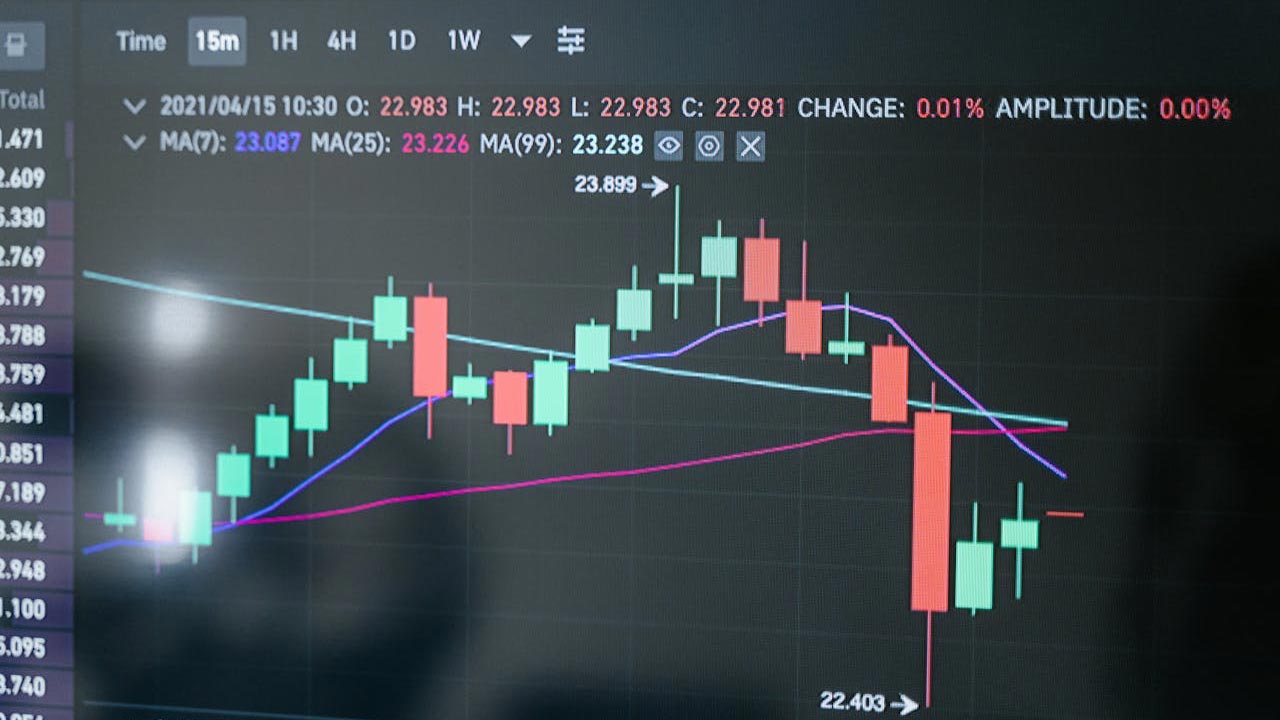The financial world is abuzz with a dire prediction from a renowned hedge fund manager who claims that the US stock market is on the brink of an 80% crash. Having achieved a staggering 4,144% return during the COVID-19 pandemic, his warning cannot be easily dismissed. Here’s a look at his predictions and how you can safeguard your investments.
The Warning from the Hedge Fund Legend

The hedge fund manager’s grim forecast of an 80% market crash has sent ripples through the financial community. His claim is based on a combination of economic indicators and historical market patterns that suggest an imminent downturn. If his prediction holds true, the impact on both institutional and retail investors could be profound, triggering widespread financial upheaval.
His track record lends weight to his warning. During the tumultuous period of the COVID-19 pandemic, he managed to achieve a remarkable 4,144% return, a feat that has cemented his reputation in the industry. This past success gives him a certain credibility, making his current prediction difficult to disregard entirely.
However, not all experts share his bleak outlook. Some financial analysts argue that while market corrections are inevitable, an 80% crash is unlikely. These experts point to robust economic fundamentals and ongoing stimuli as factors that could mitigate such a drastic decline.
Understanding Market Volatility and Historical Precedents

Market cycles are an inherent part of the financial landscape, characterized by periods of growth followed by downturns. Understanding these cycles can offer valuable insights into current predictions. Historically, markets have corrected themselves after periods of exuberance, but they have also demonstrated resilience and recovery over time.
Looking back at previous crashes, such as the 2008 financial crisis and the dot-com bubble, can provide context for the current climate. Each of these events was precipitated by unique factors, yet they share common elements like economic overextension and regulatory failures. Comparing these past events to today’s economic conditions can shed light on the potential for a similar downturn.
Current economic indicators and geopolitical tensions add another layer of complexity to market volatility. Factors such as inflation rates, interest rate policies, and international trade disputes can all influence market behavior, making it essential for investors to stay informed and adaptable.
Strategies to Protect Your Investments

One of the key strategies to safeguard investments in volatile times is diversification. By spreading investments across different asset classes, such as stocks, bonds, and real estate, investors can mitigate risk and reduce the impact of a market downturn on their overall portfolio.
Investing in safe-haven assets is another effective strategy. Assets like gold, government bonds, and cash are traditionally seen as stable during economic uncertainty. These investments can provide a buffer against market volatility and preserve capital in times of crisis.
Staying informed is crucial for making informed investment decisions. Keeping abreast of financial news and market trends allows investors to anticipate changes and adjust their strategies accordingly. Subscribing to financial publications and following market analysts can provide valuable insights and help navigate uncertain times.
Investing in the Face of Fear

Market volatility can have a significant psychological impact on investors, often leading to fear-driven decisions. Building emotional resilience is vital to maintaining composure during turbulent times. Techniques such as mindfulness and stress management can help investors stay focused and make rational decisions.
Adopting a long-term perspective is another strategy that can help investors weather short-term market fluctuations. By focusing on long-term goals and avoiding knee-jerk reactions to market changes, investors can better position themselves for sustained growth over time.
Consulting with financial advisors can also be beneficial. Advisors can offer personalized strategies tailored to an individual’s risk tolerance and investment goals, providing guidance and reassurance during periods of uncertainty.
Balancing Risk and Opportunity

In uncertain times, balancing risk and opportunity becomes a delicate act. While caution is warranted, calculated risks can lead to substantial rewards. By carefully assessing potential investments and weighing the risks against the potential returns, investors can make informed choices.
Even in a declining market, opportunities can arise. Identifying undervalued assets or emerging industries can present lucrative investment prospects. Being open to exploring new sectors, such as technology or renewable energy, can uncover potential growth areas in a challenging market.
Innovation plays a crucial role in shaping investment opportunities. Technological advancements and emerging industries can offer new avenues for growth, providing investors with fresh prospects even when traditional markets face downturns.








Leave a Reply